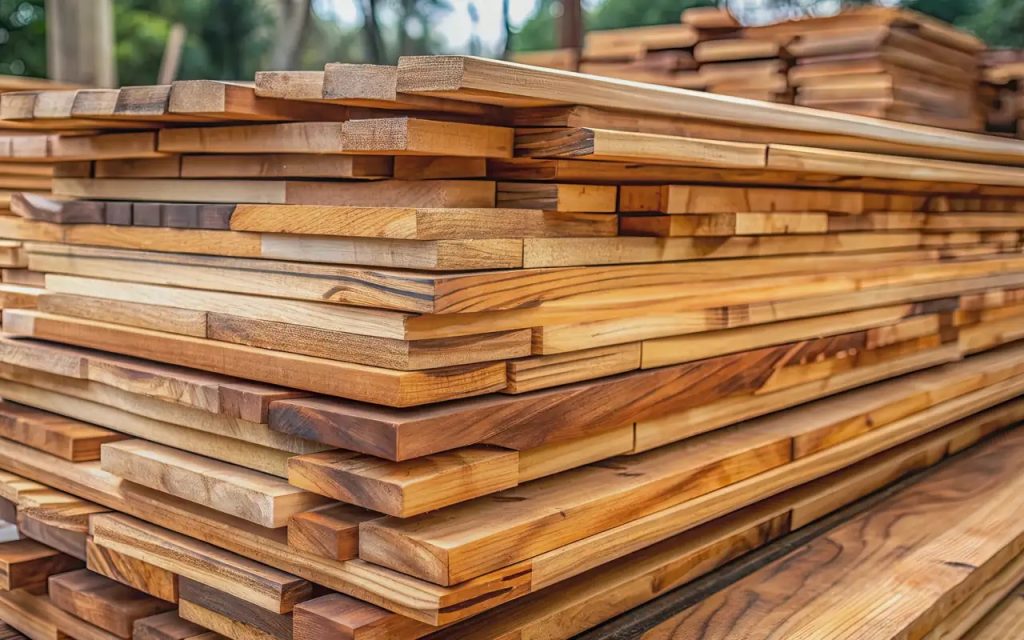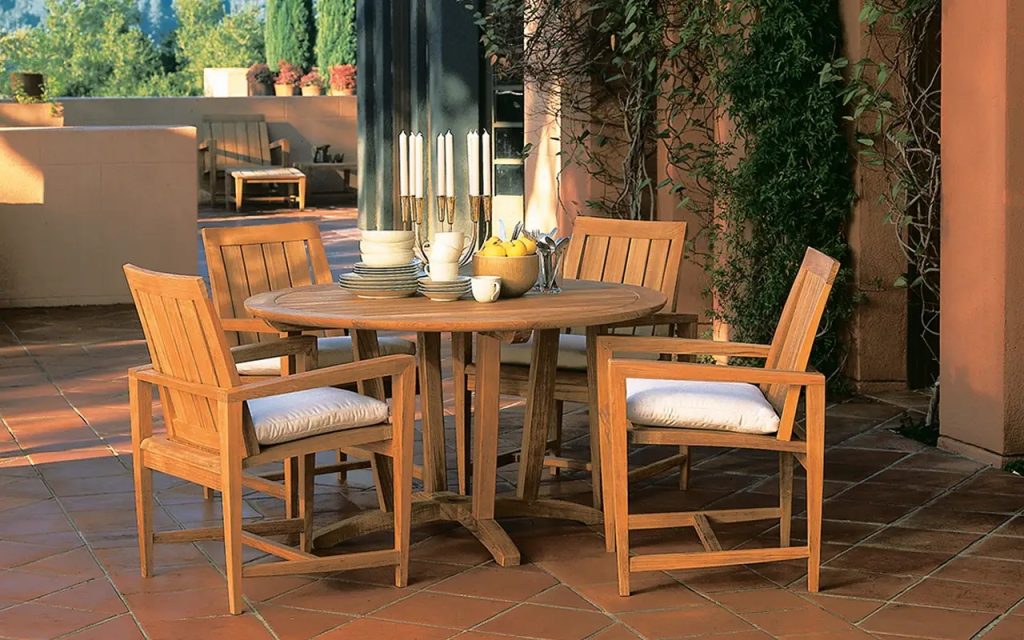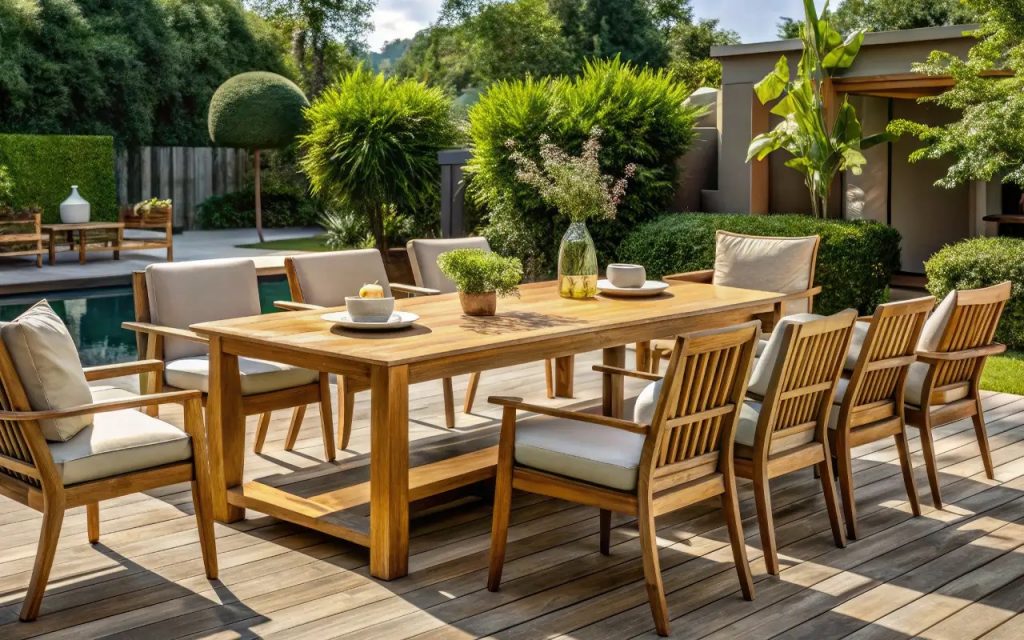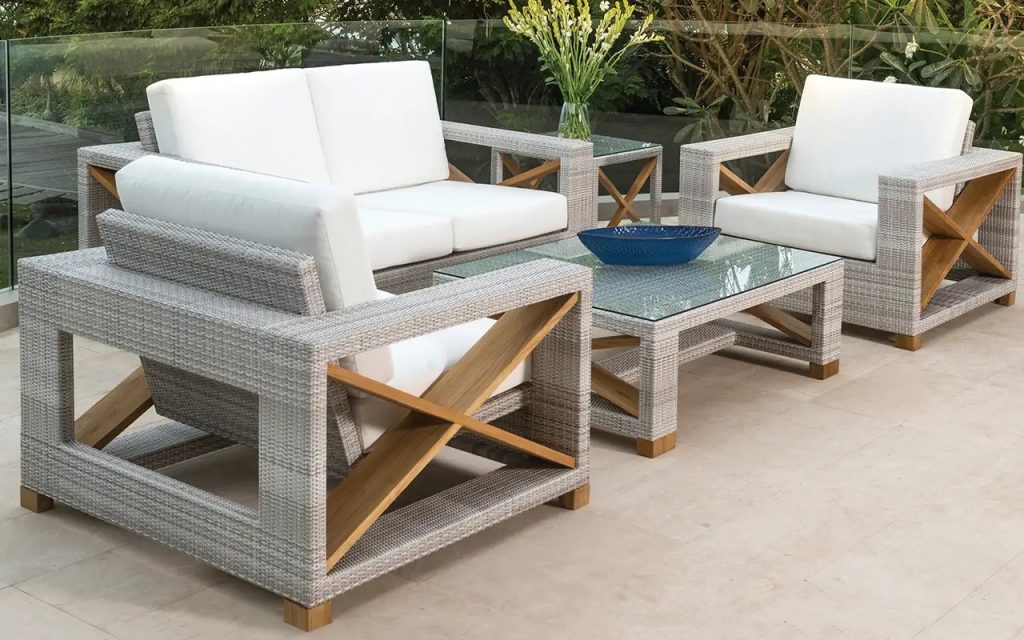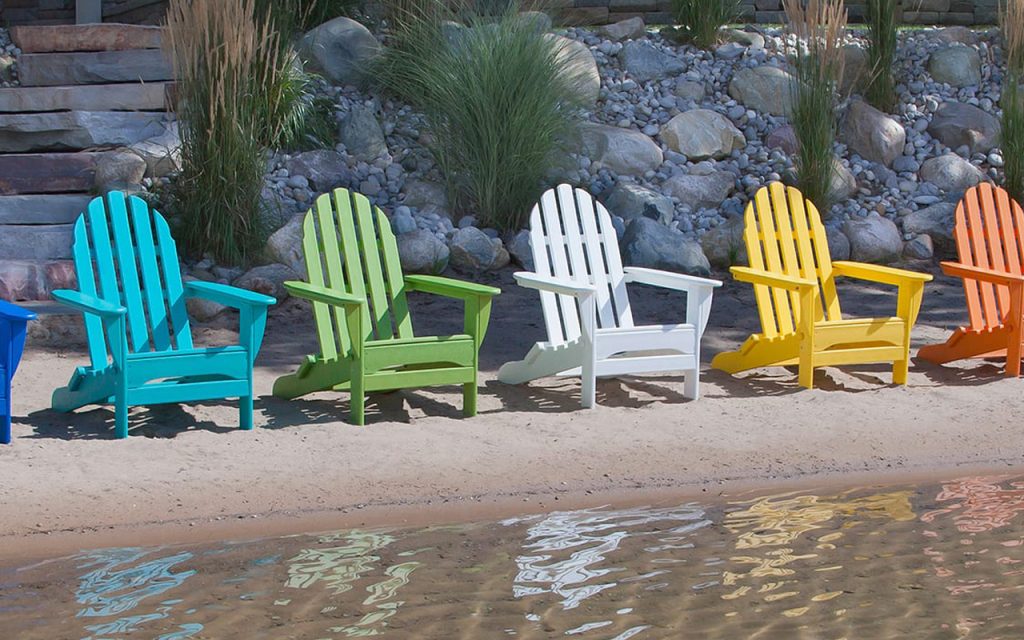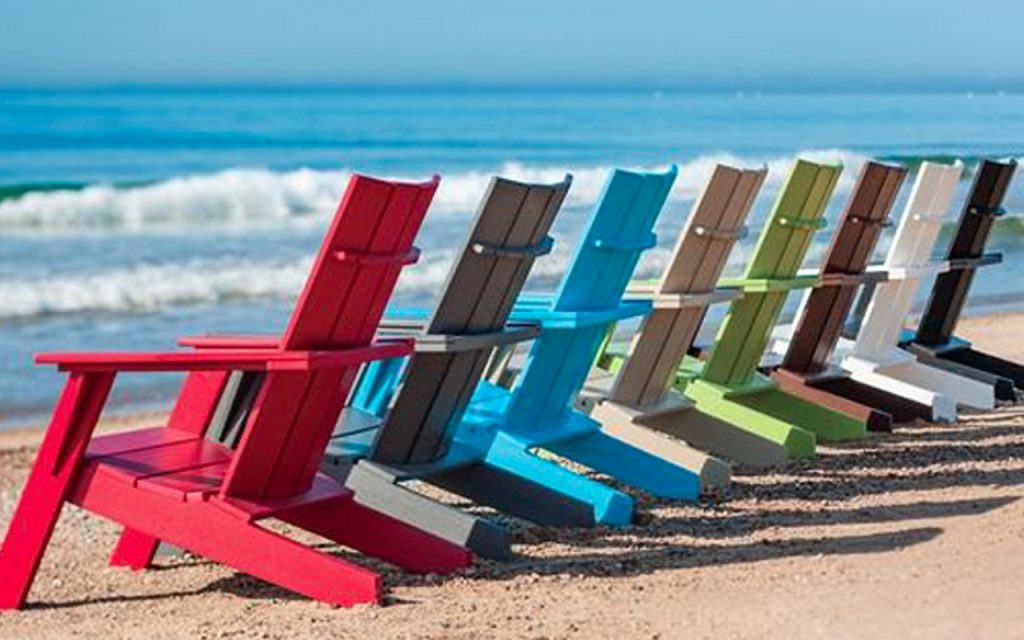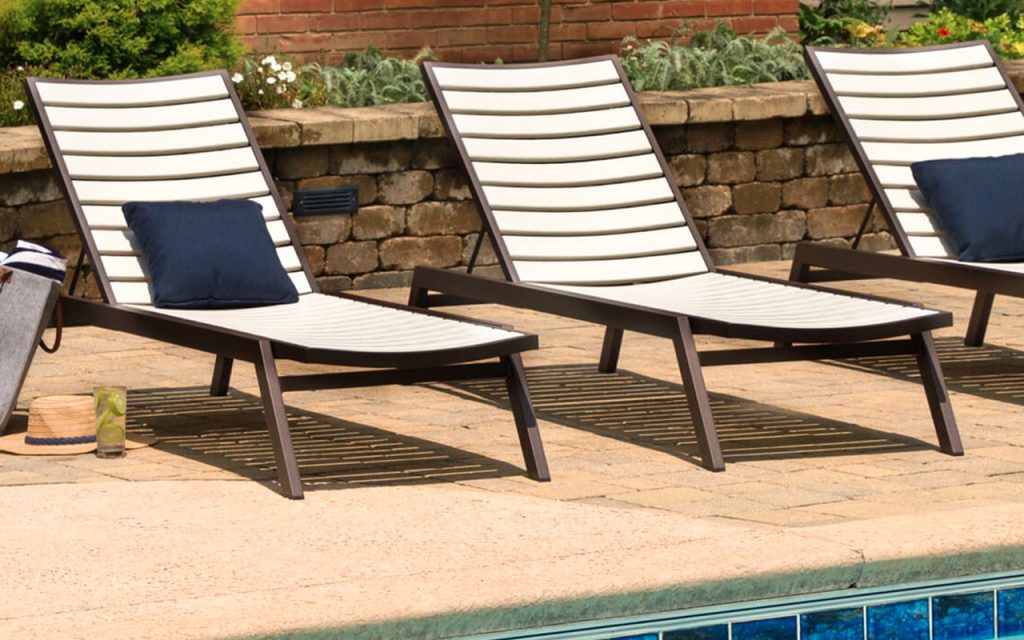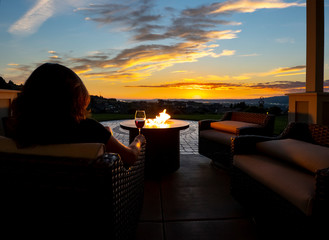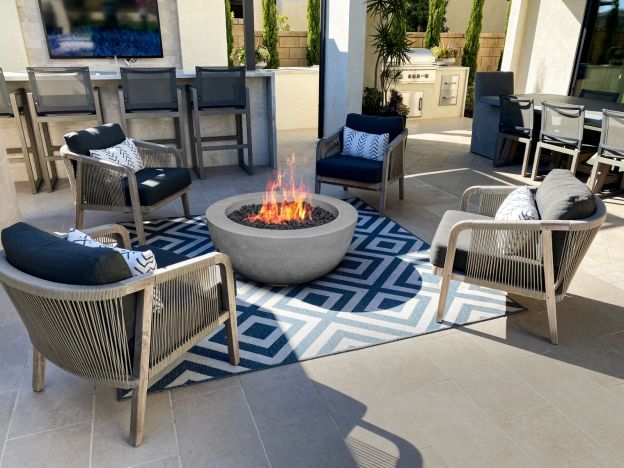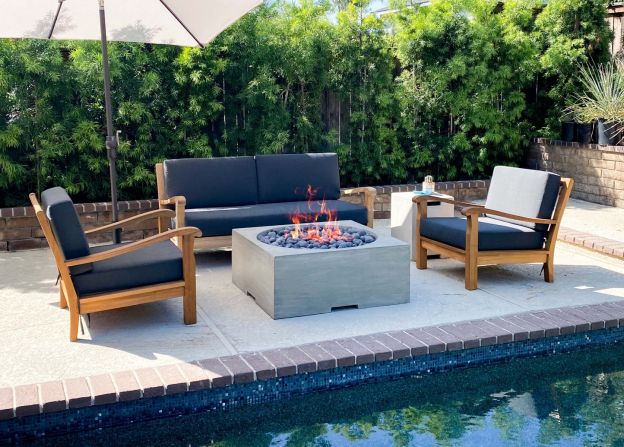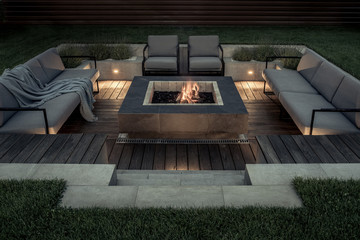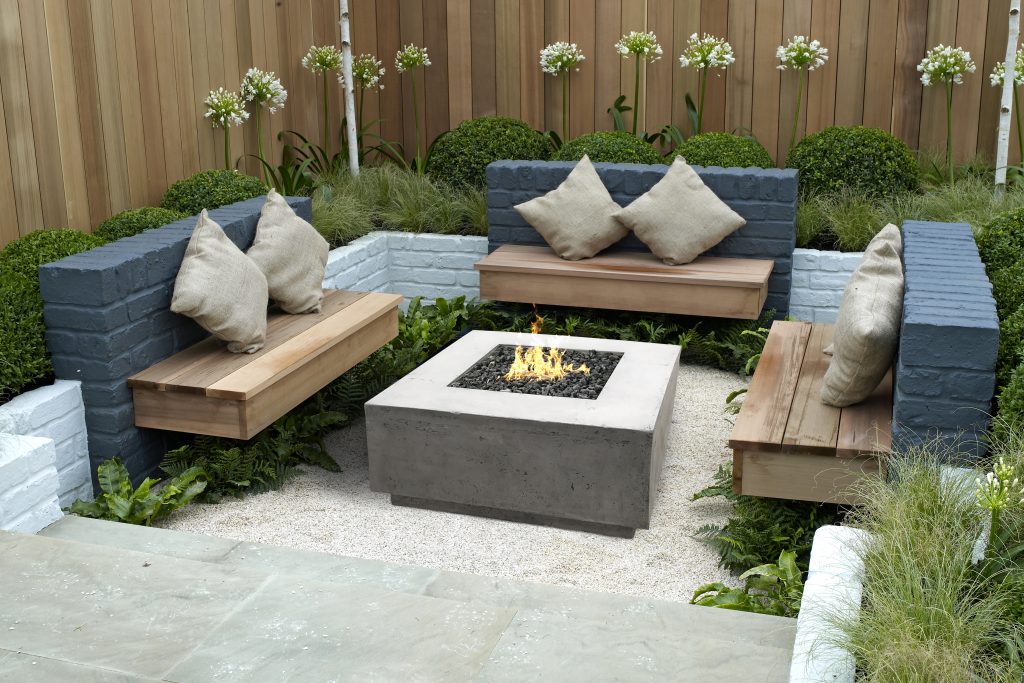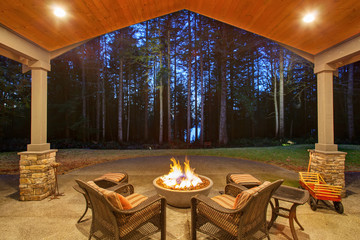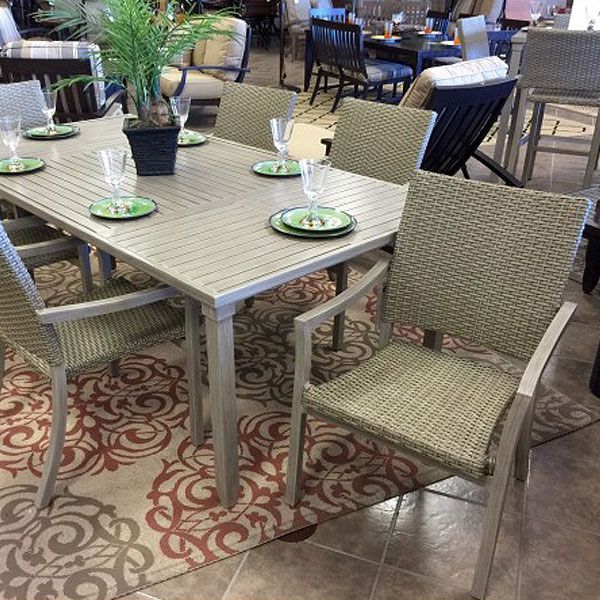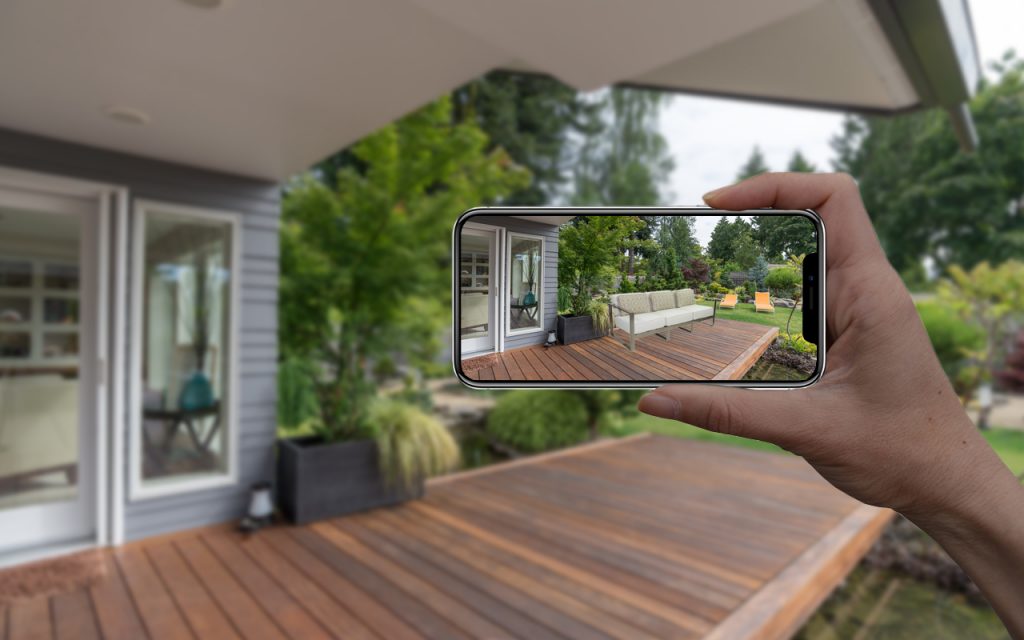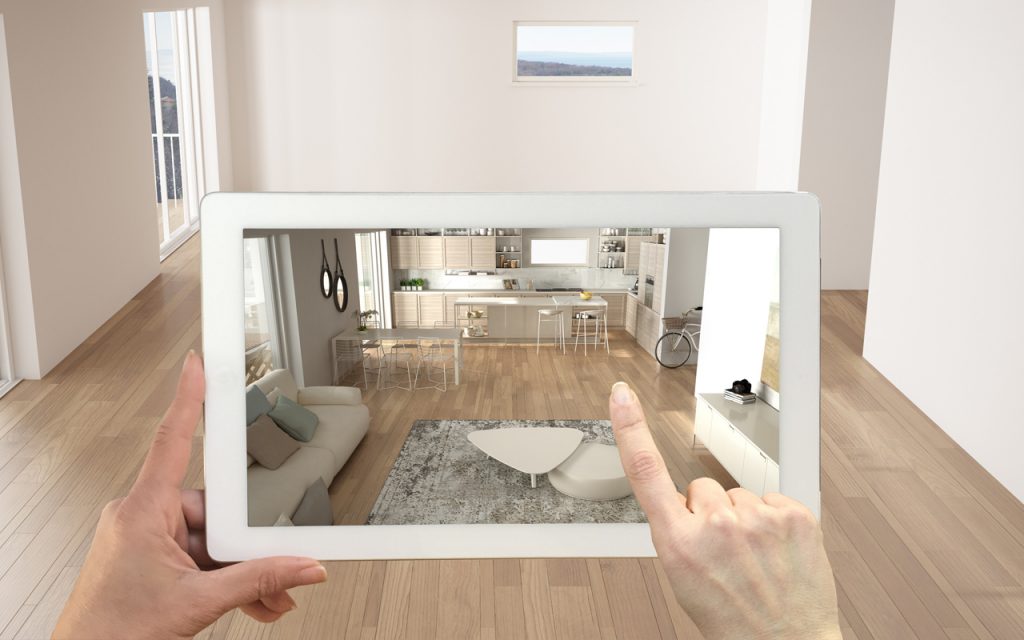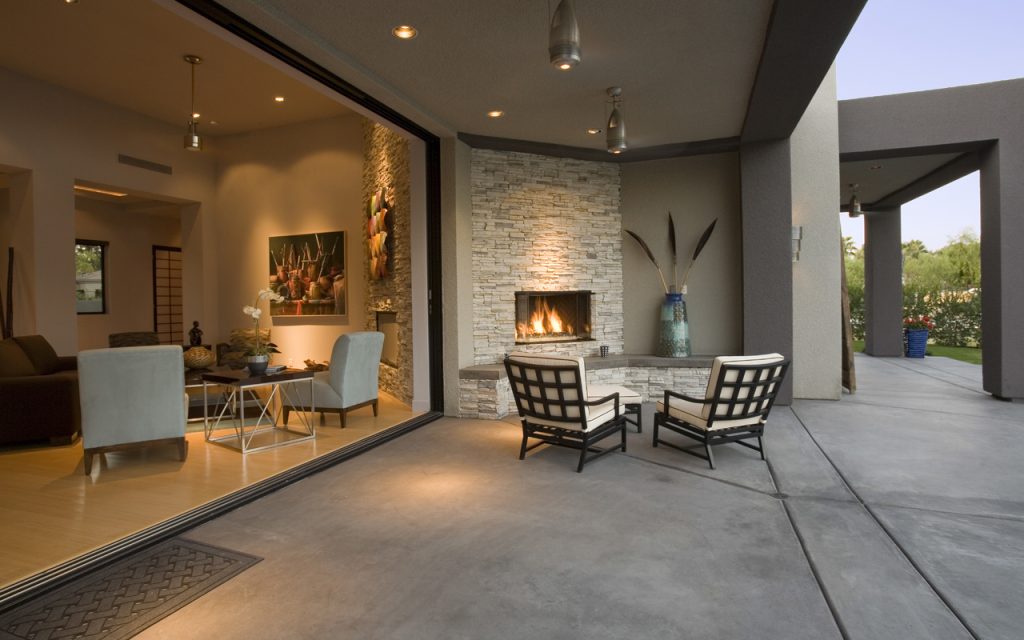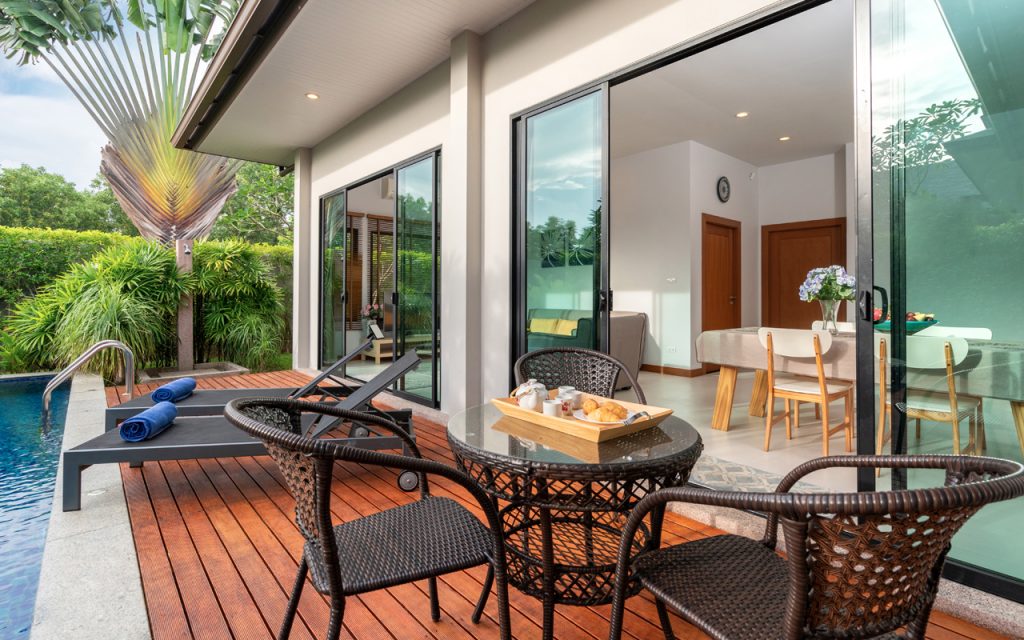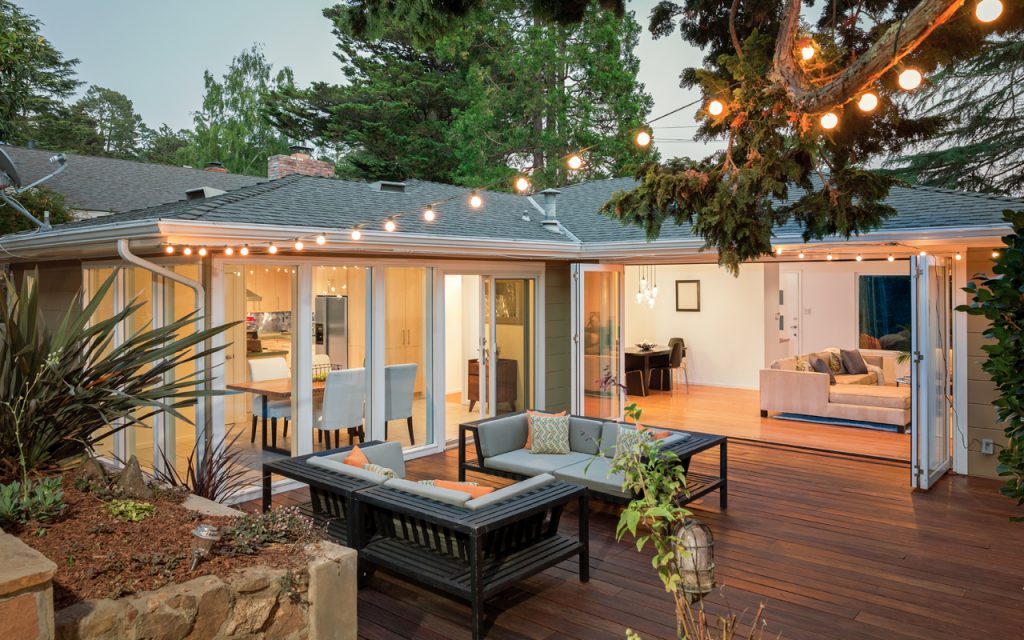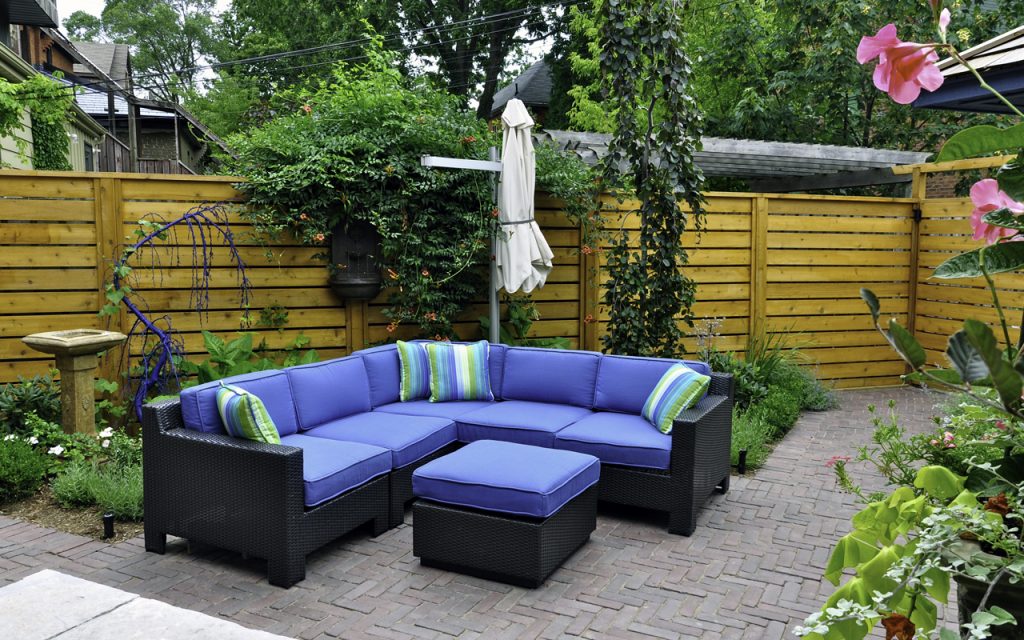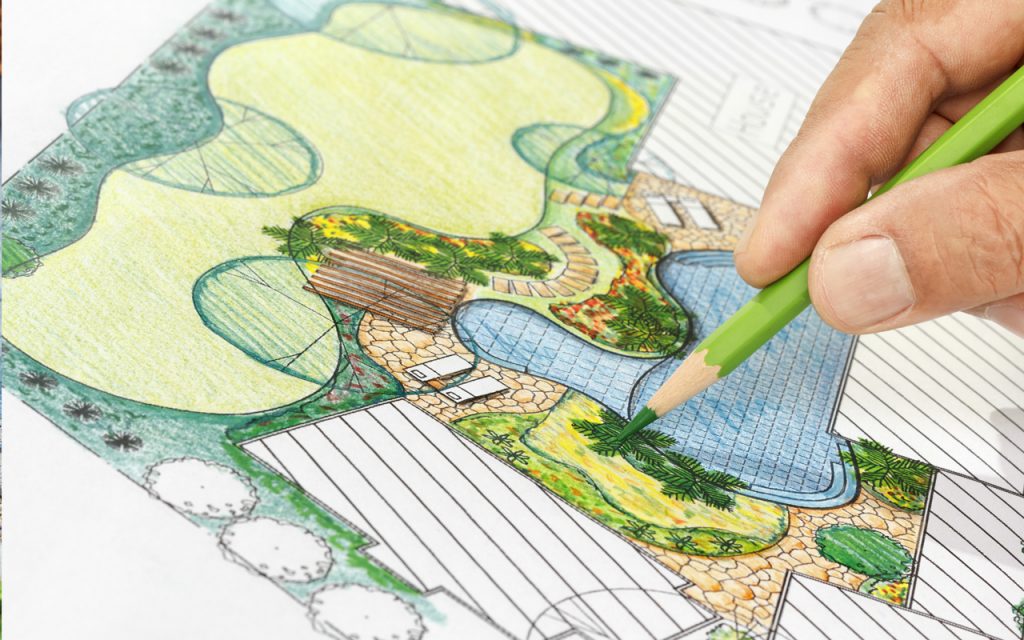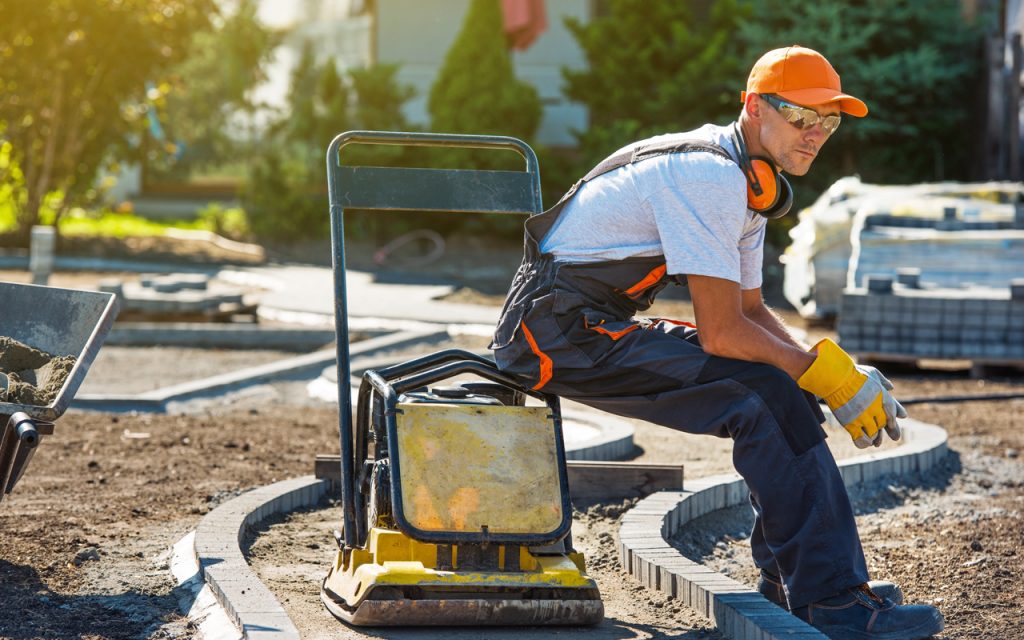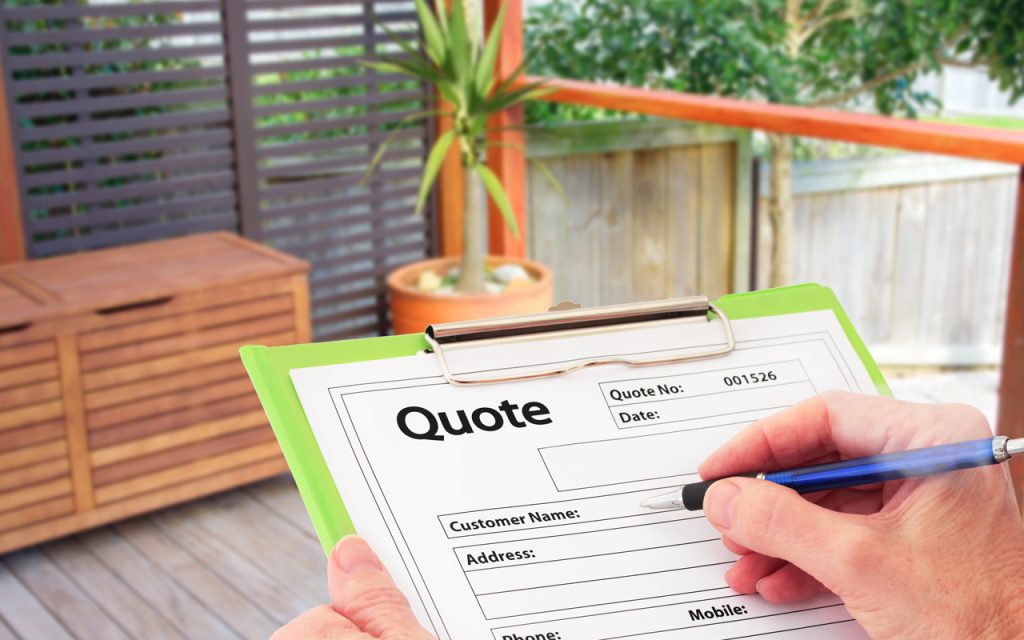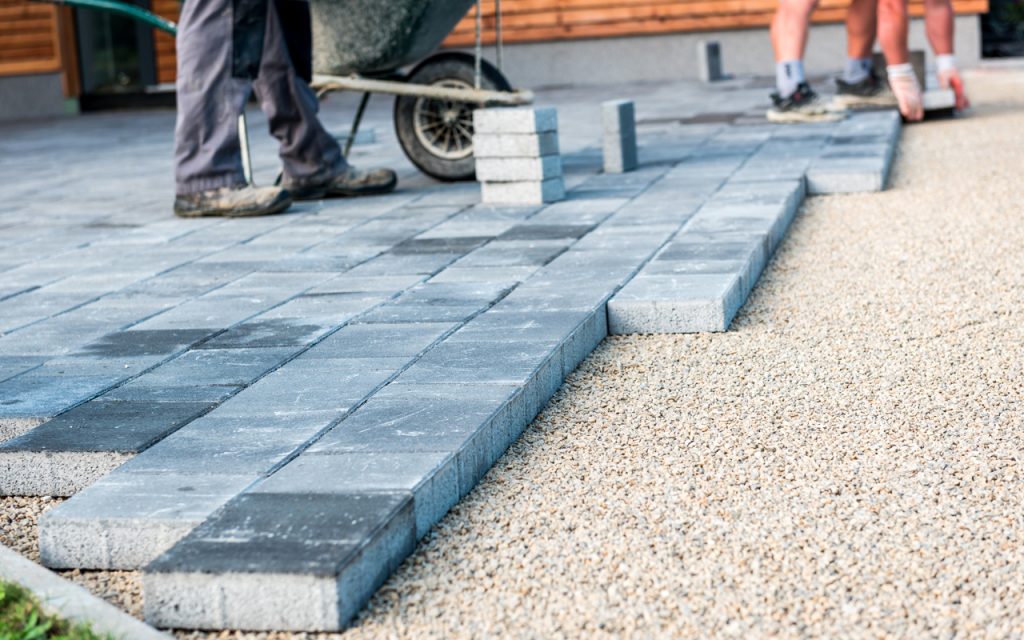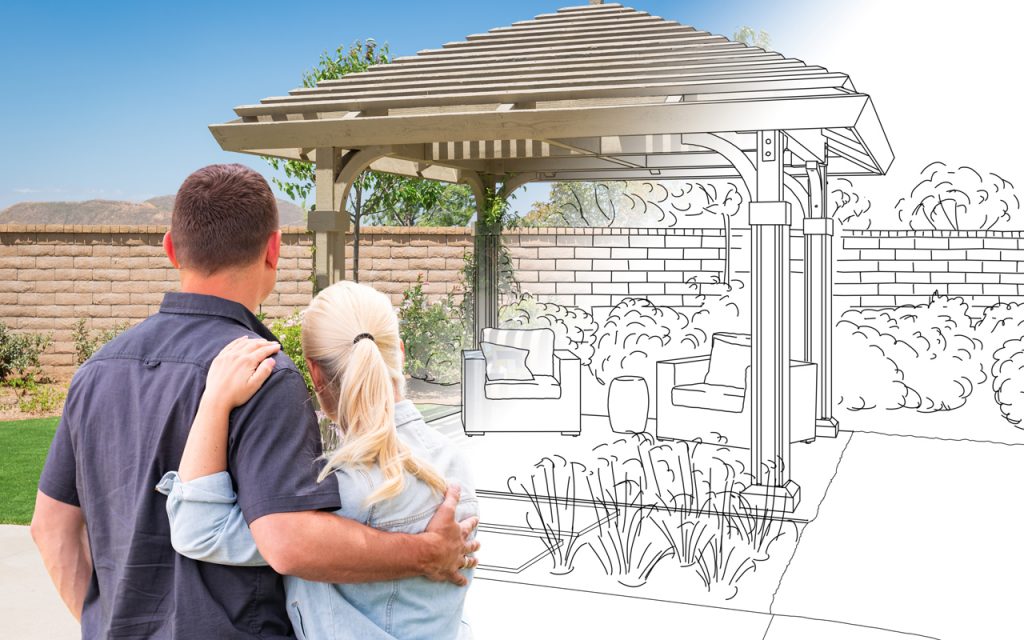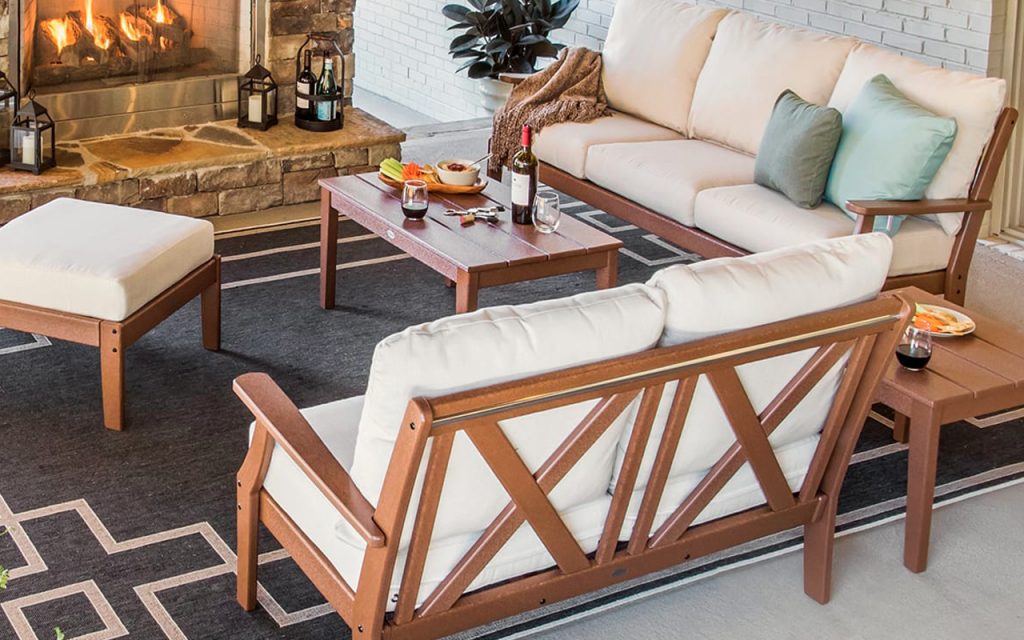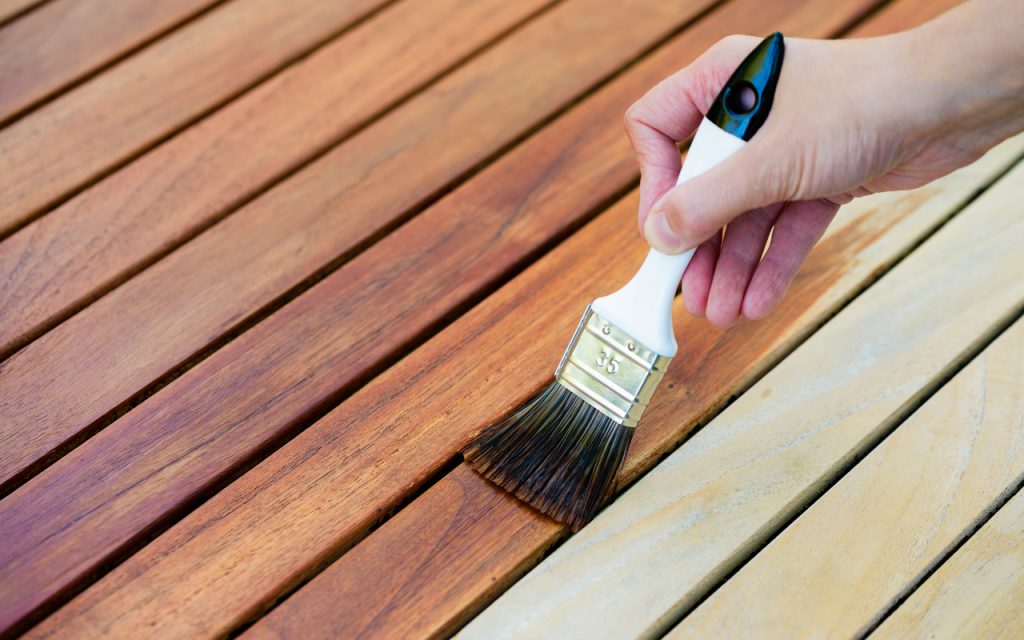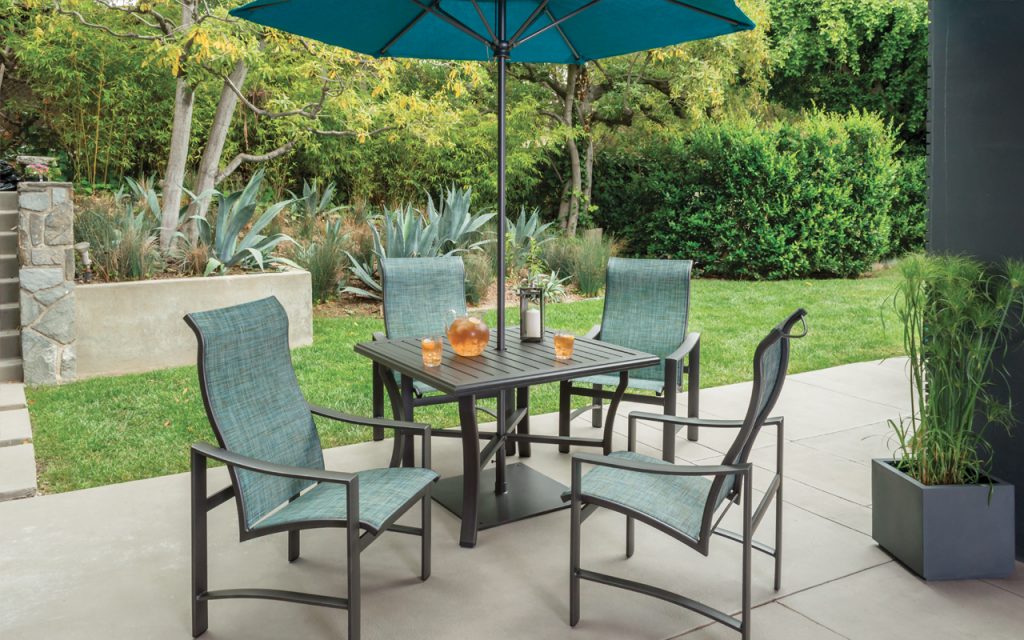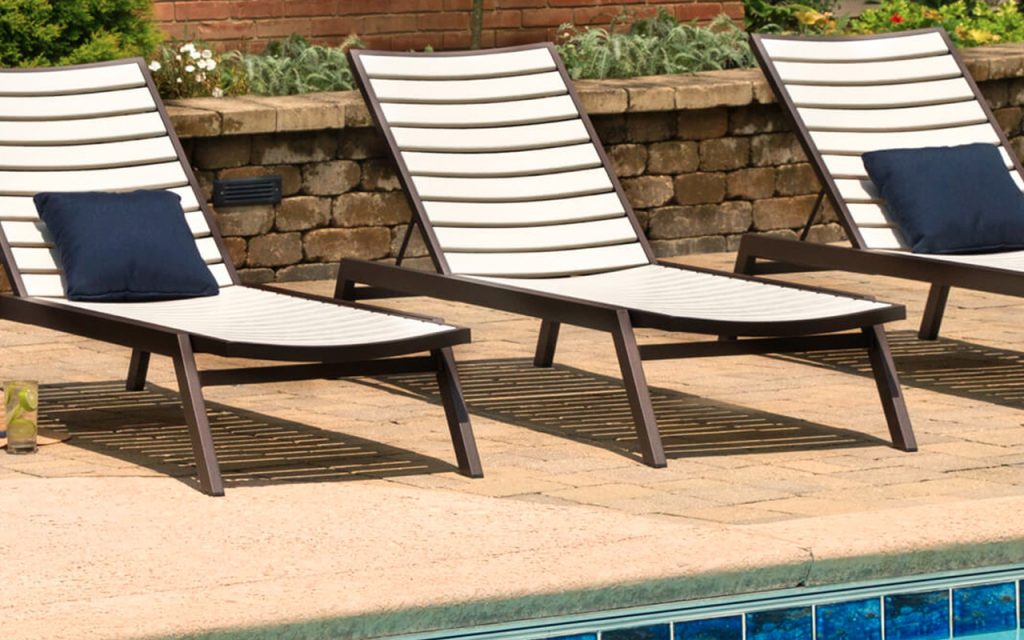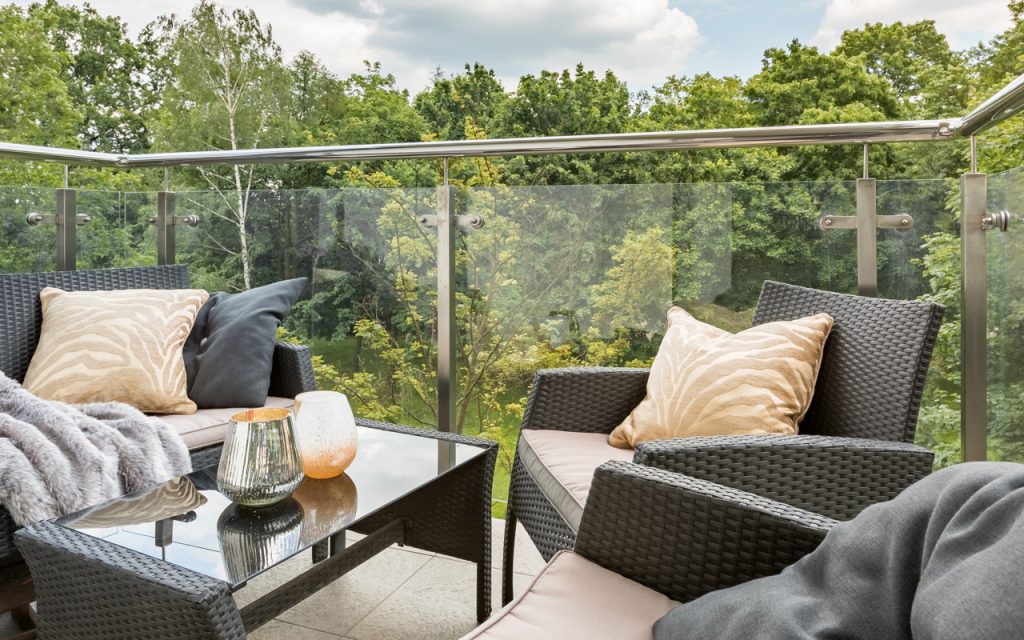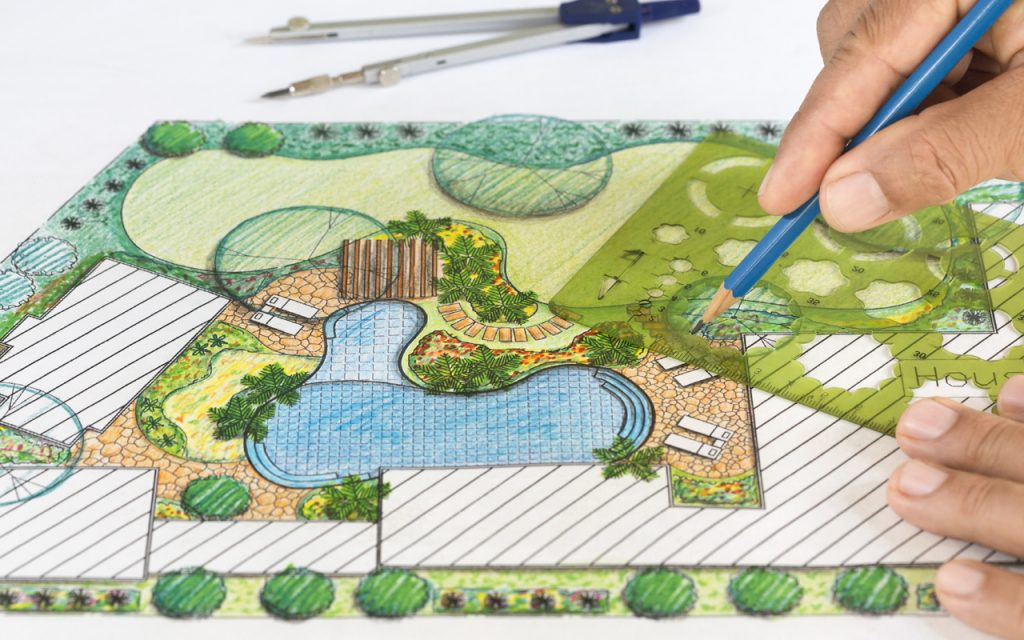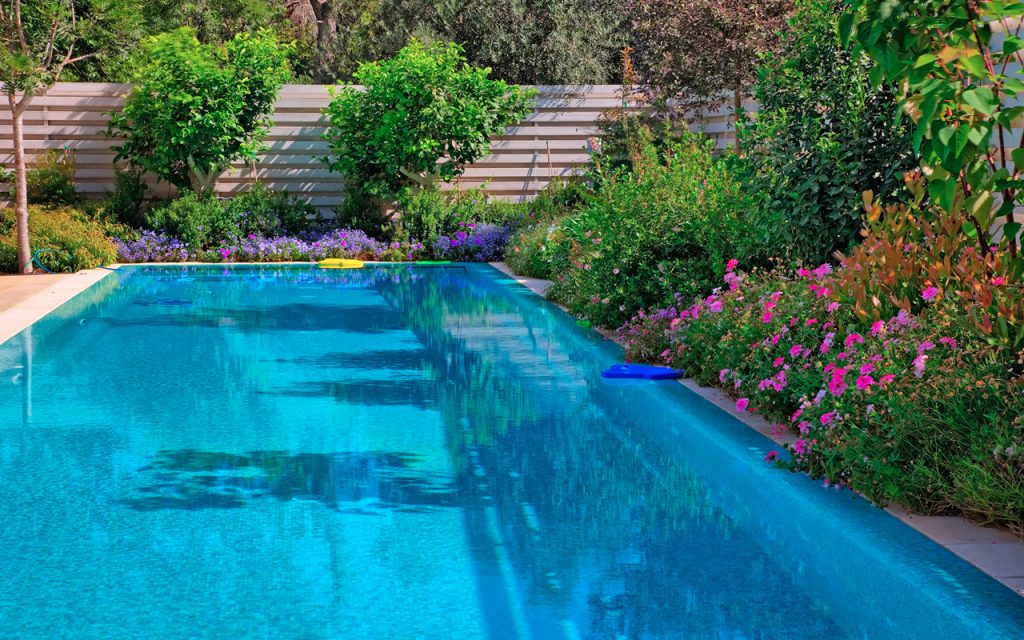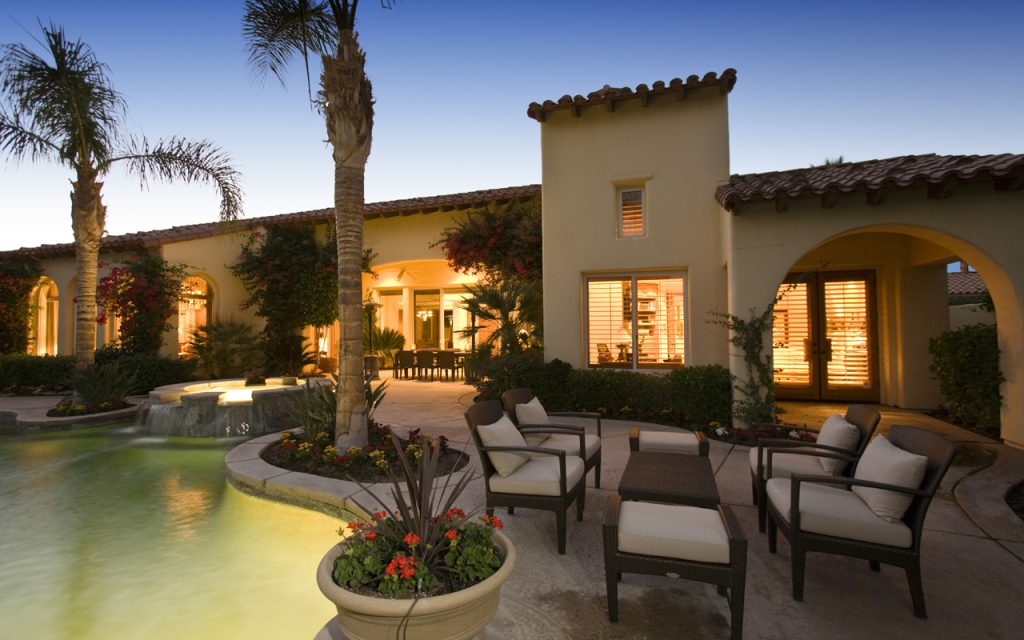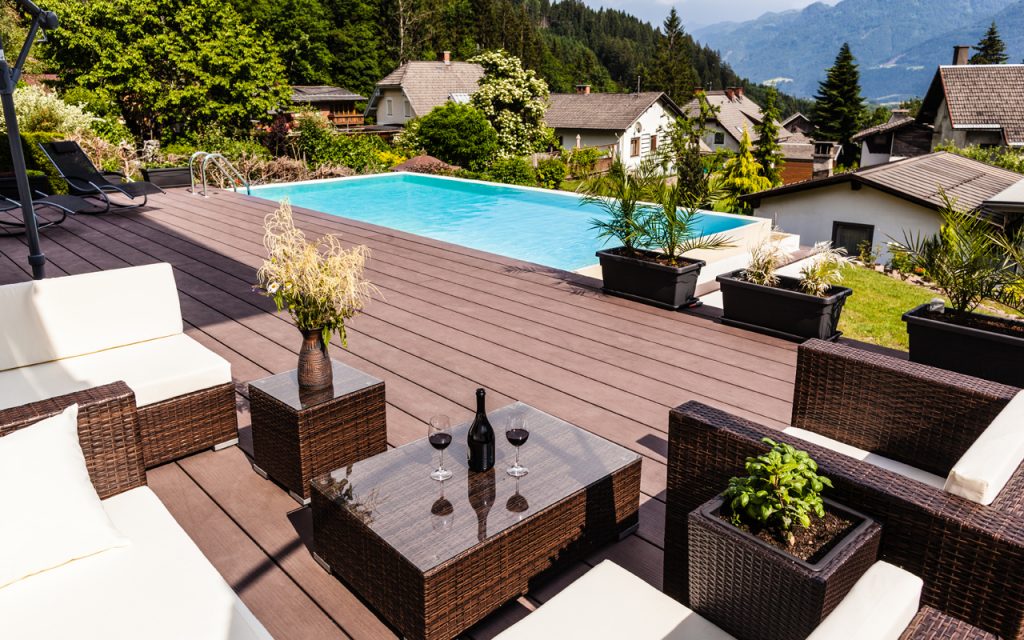As we celebrate Presidents Day, a time dedicated to honoring the lives and legacies of U.S. Presidents, it’s fascinating to look at how these leaders have influenced American culture in ways beyond policy and governance. One such area where presidential influence is often overlooked is the realm of outdoor living. The furniture, gardens, and outdoor spaces at the homes of U.S. Presidents have played a subtle yet important role in shaping public perceptions of leadership, power, and style. From George Washington’s Mount Vernon estate to modern-day White House gardens, presidential choices in outdoor furniture have reflected both the personalities of the leaders and the broader cultural trends of their time.
In this blog post, we’ll explore how presidential homes and gardens have evolved over the centuries, and how the outdoor furniture selected for these spaces offers us a glimpse into the changing tastes, societal norms, and expectations placed on U.S. Presidents.
The Early Years: George Washington’s Mount Vernon and the Roots of Presidential Outdoor Living
When we think of Presidents Day, the first president, George Washington, is often the first to come to mind. Washington’s estate at Mount Vernon, which remains one of the most visited historic homes in the United States, serves as an example of early American luxury and style. During Washington’s time, the concept of outdoor furniture was still in its infancy. People used simple, handcrafted wooden chairs, benches, and tables, often designed to serve functional rather than aesthetic purposes.
At Mount Vernon, Washington focused on building a refined estate that blended European elegance with American sensibilities. While the outdoor spaces at Mount Vernon were not as expansive as what modern-day presidents enjoy, they did feature some early instances of outdoor furniture. Washington’s approach to outdoor spaces was influenced by the Enlightenment ideals of his time, promoting leisure, intellectual discussions, and a connection with nature.
Washington’s estate showcased meticulously designed gardens, where furniture was minimal but thoughtfully placed. Outdoor chairs and tables were used to entertain guests and engage in political discussions, making Mount Vernon not just a home, but a hub of early American politics. Washington’s love of nature also laid the groundwork for future presidents’ relationships with their outdoor spaces.

The Victorian Era: Expanding the Role of Outdoor Spaces Under Presidents Lincoln and Roosevelt
As the nation grew and the White House was rebuilt after the British burned it down during the War of 1812, presidential outdoor spaces became more elaborate. By the time of Abraham Lincoln’s presidency, the role of gardens and outdoor spaces took on new meaning, especially during times of war. However, it was during Theodore Roosevelt’s presidency that the idea of outdoor living became more prominent, with the president actively encouraging the use of outdoor spaces for relaxation and recreation.
Roosevelt’s White House garden was designed as a retreat from the stresses of presidential duties. He emphasized the importance of nature and fresh air in maintaining a healthy mind and body. His love of outdoor activities such as hiking, horseback riding, and hunting influenced how he thought about his home’s exterior spaces. Roosevelt also made sure that outdoor furniture was an integral part of his outdoor spaces, choosing pieces that were functional yet in keeping with the grandeur of the era.
During the Victorian era, outdoor furniture became more decorative, with pieces that featured intricate designs, wrought iron, and ornate finishes. The rise of industrialization brought a new level of craftsmanship and materials, making outdoor furniture more accessible to the upper echelons of society, including presidents. The use of wrought iron chairs, marble tables, and heavy, intricately designed garden furnishings reflected the prosperity and grandeur of the time.

The Mid-Century Modern Influence: The Kennedy Era and a New Vision for the White House Gardens
By the time John F. Kennedy became president, the country had entered the mid-20th century—a time when design and aesthetics were taking on new forms. First Lady Jacqueline Kennedy’s efforts to restore and modernize the White House included a significant overhaul of the White House’s outdoor spaces. Jacqueline sought to blend classic American traditions with a fresh, modern vision, incorporating furniture that was more streamlined, functional, and comfortable.
Kennedy’s redesign of the Rose Garden, for example, included the addition of comfortable outdoor furniture that complemented the natural beauty of the surroundings. The furniture was carefully chosen to support the sense of relaxation and informality that the Kennedys wanted to project. Instead of grandiose, ornate pieces, simpler, more elegant designs—such as white wicker chairs and sleek metal tables—were added to the gardens to encourage casual conversation and outdoor gatherings.
This shift from heavy, Victorian-inspired outdoor furniture to lighter, more modern pieces signaled a larger cultural shift. The 1960s saw an increased focus on comfort and usability in furniture design, and this was reflected in the White House’s outdoor spaces as well. Furniture was now more about enhancing comfort and creating inviting spaces for the First Family to enjoy nature and socialize, rather than merely serving as a symbol of wealth or power.
The Modern Day: Outdoor Living Under Presidents Clinton, Bush, Obama, and Trump
Fast forward to the 21st century, and outdoor furniture has become an integral part of presidential homes and estates. During Bill Clinton’s presidency, for example, the outdoor spaces at the White House became places for both leisure and diplomacy. President Clinton often hosted outdoor events, and the Rose Garden, designed by Jacqueline Kennedy, remained a favorite spot for these functions. The furniture continued to evolve with trends, with Clinton favoring more contemporary pieces, such as sleek metal chairs and stone tables, that could accommodate large groups of people for formal events.
Under President Obama, there was a renewed focus on sustainability, which was reflected in the choice of outdoor furniture. Eco-friendly materials, such as bamboo and recycled plastics, began to appear more frequently in both the White House and presidential retreats. The Obama family’s home in Chicago also featured sustainable outdoor furniture, encouraging an environmentally conscious approach to outdoor living.
President Trump’s outdoor spaces took on a more grandiose style, with large-scale, comfortable furniture meant to create a welcoming, luxurious atmosphere for guests. Whether it was at the White House or his private estate in Mar-a-Lago, Trump’s outdoor spaces featured lavish outdoor furniture such as large lounges, elegant dining sets, and expansive poolside seating designed for entertainment and high-profile events.

Conclusion: Presidential Style and Outdoor Living Today
As we celebrate Presidents Day, it’s clear that the outdoor furniture choices of U.S. Presidents have evolved in tandem with changing tastes, societal values, and personal preferences. From the simple, functional pieces of George Washington’s Mount Vernon to the modern, sustainable designs of today’s White House gardens, presidential outdoor furniture has been a silent witness to the history of the nation.
If you are looking to create a presidential-inspired outdoor living space in your own home, it’s important to choose outdoor furniture that suits both your style and your needs. Whether you prefer a traditional, classic design or a sleek, modern look, the right outdoor furniture can transform your outdoor space into a relaxing retreat or a place for entertaining guests—just like the homes of our nation’s leaders.
At All American Outdoor Living, we specialize in providing high-quality outdoor furniture to suit every taste and budget. Whether you’re redesigning your backyard or simply upgrading your patio, we offer a wide selection of products designed to help you create a space that reflects your personal style.Feel free to leave a comment or contact us today for assistance in finding the perfect outdoor furniture for your home!

